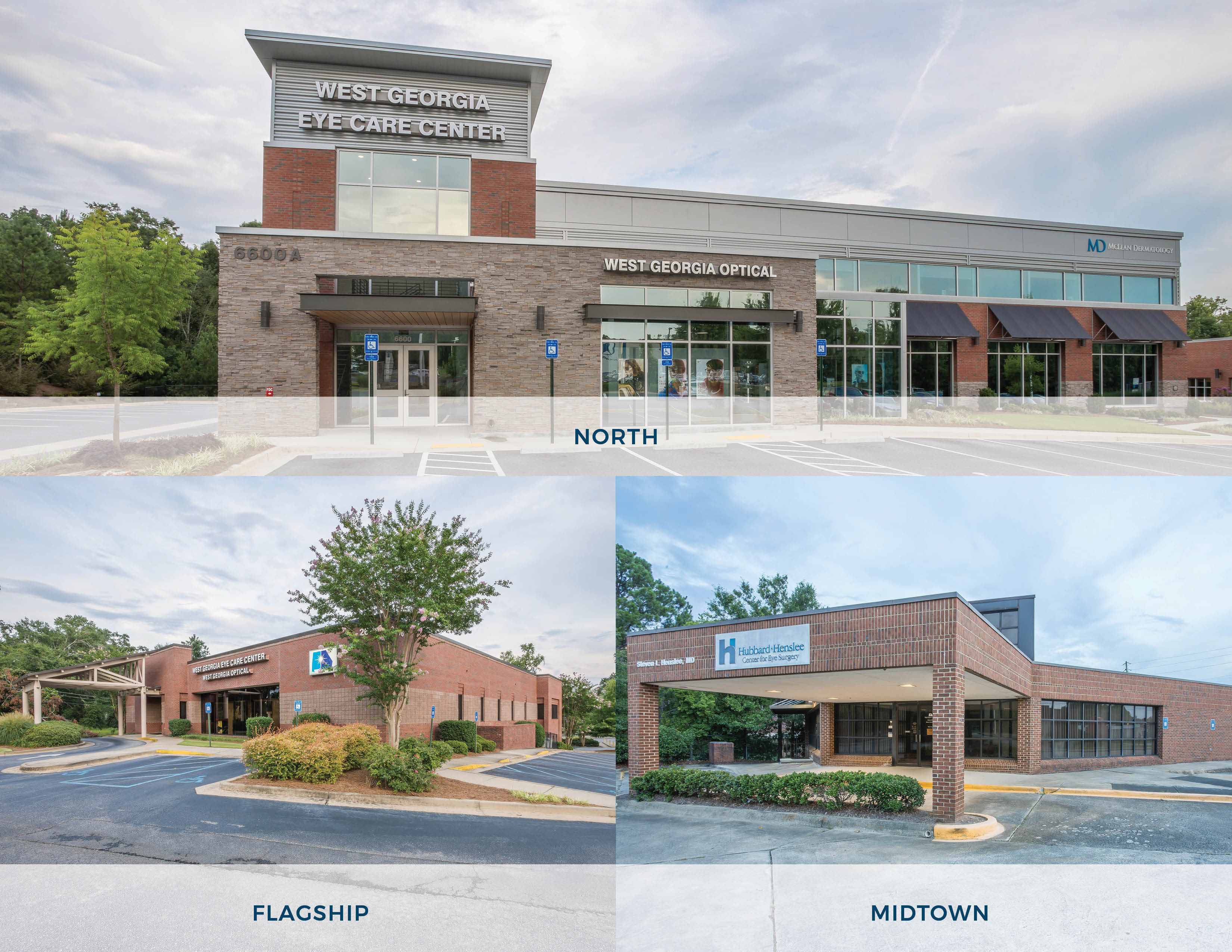As a veteran ophthalmologist, you may have built your career toward the goal of owning your own practice. Along the way you had the opportunity to buy your clinical office or even build an ambulatory surgery center, giving you control over the destiny of your practice.
There is a wealth of information surrounding practice management, but what about real estate? With an informed real estate strategy and proper structuring, you have the opportunity to maximize the value of your assets.
In Part 1 of a five-part series, Collin Hart, MBA, CEO and managing director of ERE Healthcare Real Estate Advisors, highlights the success of West Georgia Eye Care Center in leveraging an informed real estate strategy. Such a path enabled the physicians to more strategically position their practice, providing an exit strategy for the real estate partners while also aligning long-term interests for the practice as a whole.
The Challenge
West Georgia Eye Care Center is a comprehensive and subspecialty ophthalmology practice located in Columbus, Ga., approximately 90 minutes southwest of Atlanta. Serving the community since 1951, the practice has strategically grown to its dominant position today as the largest ophthalmology group in west Georgia and east central Alabama.
With 14 providers, the practice’s leading specialists deliver ophthalmic, optometric, optical and audiology services across the practice’s three office locations. As the practice has expanded, several of the partners elected to invest in the operating infrastructure, contributing equity and assuming debt to build their state-of-the-art facilities.
With only a portion of the current partners invested in the facilities and new providers on the horizon, differing ownership composition in the practice and real estate had the potential to introduce partnership misalignment. Strategic planning by the practice led to a desire to align all partner interests and, further, with several partners contemplating retirement, the partnership needed to evaluate strategies related to their practice real estate investment.
Would new partners be committed to buying out the existing real estate shareholders; and if so, at what value? Would they have the willingness and risk tolerance to take on more debt to do so? If not, how would the existing owners accomplish the dual goals of eliminating the personal liability/debt which they had incurred as well as capitalizing on their real estate investment?
The Solution
The practice opted to explore a sale and leaseback of its real estate portfolio, executing a long-term lease simultaneously with a sale of the real estate. This type of real estate transaction would facilitate the strategic goal of aligning partner interests, providing current owners the opportunity to capitalize on their real estate investment while allowing the practice to continue operating, uninterrupted. Additionally, as a stalwart member of the medical community and with anticipation of continued growth, long-term control and predictability of occupancy cost were paramount to the practice’s operational plan.
Through a proprietary marketing process, the practice was able to identify multiple prospective real estate buyers, ultimately executing a transaction that met their objectives. Today, the practice remains the dominant ophthalmic practice in its market, but with greater flexibility for both provider succession planning and strategic responsiveness to an ever-changing healthcare marketplace.
Key Takeaways
- No longer owning the practice real estate can eliminate significant debt and personal liability for practice and real estate stakeholders.
- A simplified practice buy-in equation may facilitate physician recruitment and partnership structuring.
- Utilizing professional advisory to identify multiple prospective real estate buyers provides options to ensure the best fit for a long-term landlord/tenant relationship.
- Pursuing informed and transparent decision making enables a positive outcome for the real estate and practice partnerships.
About the Author
Collin Hart is the CEO and managing director of ERE Healthcare Real Estate Advisors where he leads the company’s strategy to provide executive level advisory to owners of healthcare real estate. Before co-founding ERE Advisors, Collin was a director in the real estate division of a private investment banking firm, where he focused on advising physician partnerships and hospital systems in sale-leaseback transactions. He earned his MBA from the SC Johnson School of Management at Cornell University.
To contact Collin, view his listing on the Academy’s Consultant Directory.

About the American Academy of Ophthalmology
The mission of the American Academy of Ophthalmology is to protect sight and empower lives by serving as an advocate for patients and the public, leading ophthalmic education, and advancing the profession of ophthalmology.
The American Academy of Ophthalmology is the world’s largest association of eye physicians and surgeons. A global community of 32,000 medical doctors, we protect sight and empower lives by setting the standards for ophthalmic education and advocating for our patients and the public. We innovate to advance our profession and to ensure the delivery of the highest-quality eye care.
- Who’s taking care of your eyes? Meet the eye care team
- General information about ophthalmology and its subspecialties
- Thinking of a career in medicine? Envision a career in ophthalmology
- For more on the Academy’s current projects and new initiatives, read the 2018 Year in Review.

